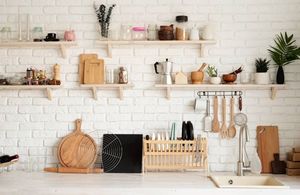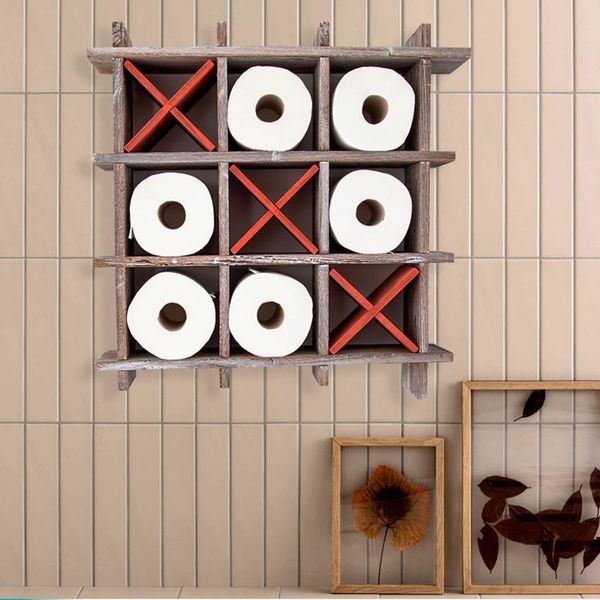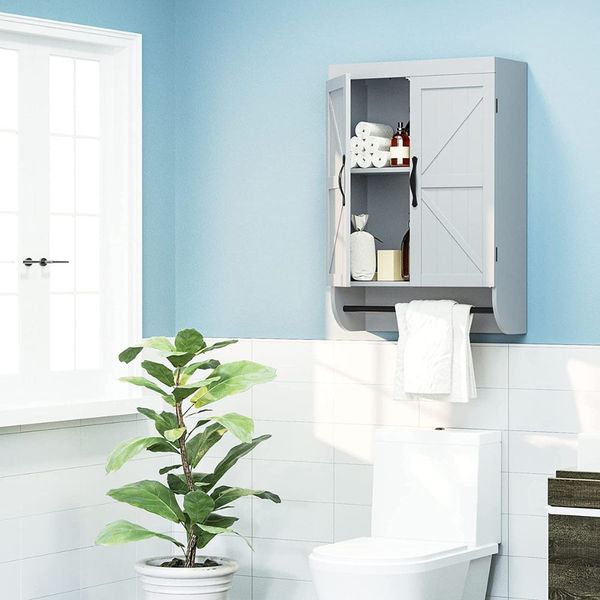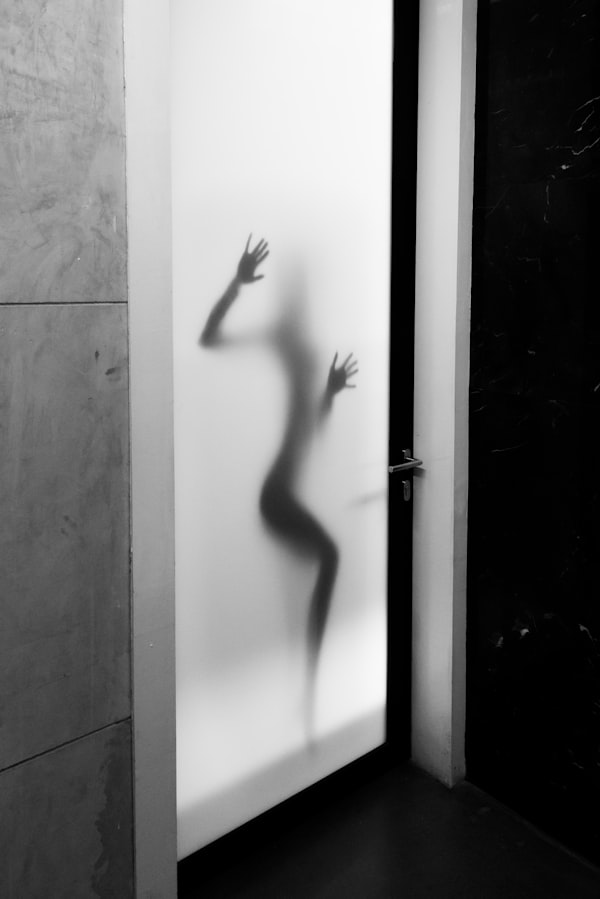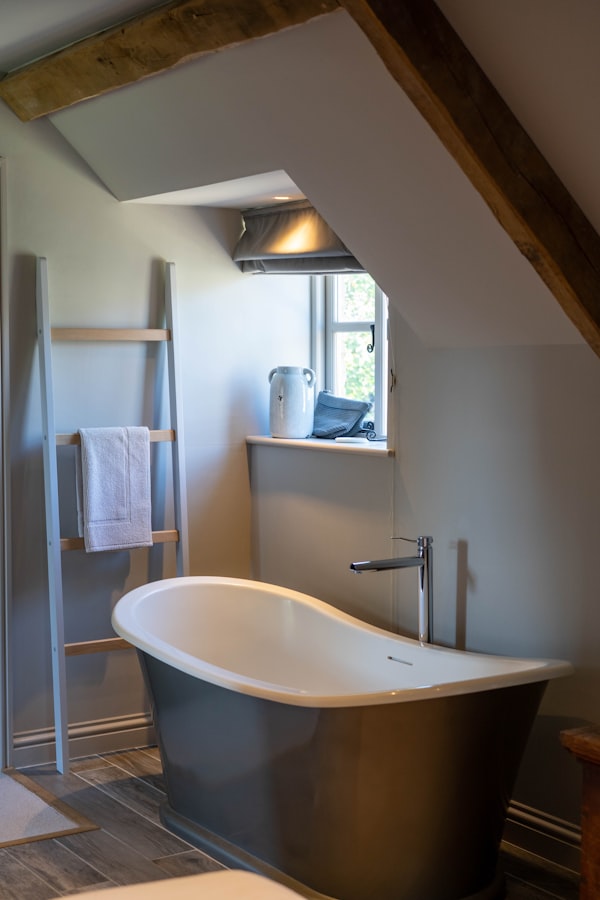At first glance, mold growing in your bathroom may not seem like a big deal. However, what you may not realize is that this type of mold can actually be quite dangerous. In fact, bathroom mold is one of the most common types of indoor mold growth and can pose a serious health risk to you and your family. Here's what you need to know about the dangers of bathroom mold.
What is mold?
Mold is a type of fungi that thrives in warm, moist environments. Mold spores are found both indoors and outdoors, and when they find their way into your home, they can quickly start to grow and multiply. Mold is often visible as a furry or slimy growth on surfaces like tiles, drywall, or wood—but it can also grow hidden behind these surfaces.
What are the risks of a moldy bathroom?
Exposure to mold can cause a number of health problems, including respiratory problems, headaches, skin irritation, and fatigue. In some cases, exposure to mold can even lead to death. People with preexisting respiratory conditions like asthma or allergies are particularly at risk for health problems related to mold exposure.
Mold is also associated with poor indoor air quality, which can exacerbate respiratory problems and lead to other health issues like dizziness, nausea, and difficulty concentrating. If you start to experience any of these symptoms and you think mold might be the cause, leave the house immediately and consult a doctor.
Black Mold
Bathroom mold is often found in warm, humid environments, such as showers and bathtubs. The most common type of bathroom mold is black mold, which can cause a range of health problems, including respiratory problems, headaches, and skin irritation. In some cases, black mold exposure can even lead to death.
Damage to Home
In addition to the health risks posed by black mold, bathroom mold can also damage your home. Mold growth can cause structural damage to your walls and ceiling, and it can also lead to the growth of other harmful bacteria. If left untreated, bathroom mold can quickly take over your entire bathroom and spread to other areas of your home.
How do I prevent my bathroom from getting moldy?
The key to preventing mold in your bathroom is controlling moisture. To do this:
- Use an exhaust fan during showers and baths and keep it running for at least 30 minutes afterwards to remove moisture from the air.
- Wipe down wet surfaces like shower walls and tubs after using them.
- Fix any plumbing leaks as soon as possible so that water isn't pooled on surfaces in your bathroom.
- Open a window or turn on the air conditioner to circulate air if your bathroom feels humid.
- Keep surfaces in your bathroom clean and free of dirt and debris where mold can grow.
How long does it take to get mold poisoning?
Mold is a type of fungi that can grow both indoors and outdoors, in warm and moist environments. While mold is not usually harmful, some types can produce toxins that can be dangerous to humans.
Mold poisoning can occur when a person inhales or ingests these toxins. In most cases, mold poisoning will cause flu-like symptoms, such as fatigue, headaches, and fever.
In more severe cases, it can lead to liver damage, respiratory problems, and even death. The amount of time it takes for symptoms to appear depends on the level of exposure and the individual's sensitivity to mold.
However, in most cases, symptoms will appear within 24-48 hours of exposure. If you believe you may have been exposed to mold, it is important to seek medical attention as soon as possible.
Do air purifiers help with mold?
Many people suffer from allergies, and for many of those people, mold is a trigger. Some air purifiers claim to remove mold from the air, but do they really work?
Most mold spores are too small to be filtered by an air purifier. However, some types of air purifiers can help to reduce the level of mold in the air. HEPA filters can capture spores as small as 0.3 microns, and activated carbon filters can help to remove mold odors. In addition, UV light air purifiers can kill mold spores.
While an air purifier may not be able to completely remove all mold from the air, it can help to reduce the level of mold and make your home more comfortable for those with allergies.
What happens if you breathe in mold?
Inhaling mold spores can cause a variety of health problems, including allergic reactions, asthma attacks, and respiratory infections. People with mold allergies may experience sneezing, congestion, and itchy eyes when they are exposed to the spores.
For asthmatics, breathing in mold can trigger an attack by causing the airways to constrict. In some cases, inhaling mold spores can lead to a more serious lung infection known as pulmonary fibrosis. This condition is characterized by scarring of the lungs, which makes it difficult to breathe.
While most people don't experience any serious side effects from inhaling mold, it is still important to take steps to avoid exposure if you are allergic or have asthma.
Conclusion
Bathroom mold may not seem like a big deal at first glance, but it can actually be quite dangerous. If left unchecked, bathroom mold can cause serious health problems for you and your family. It can also damage your home by causing structural damage and spreading harmful bacteria. To prevent these problems, make sure to keep your bathroom well-ventilated and clean it regularly with a mildew-resistant cleaner. If you do find mold growing in your bathroom, make sure to remove it immediately with a commercial mold removal product.


